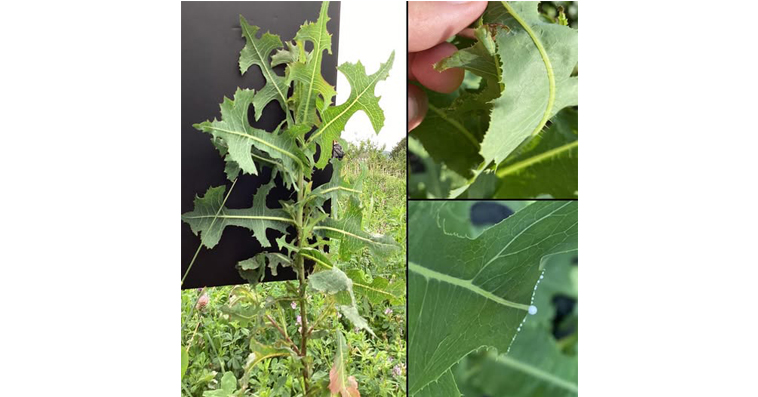Wood Sorrel: From Humble Weed to Superfood
Wood sorrel (Oxalis acetosella), affectionately known as cuckoo’s bread, cuckoo’s meat, or Alleluia, is a hidden gem in the plant world. While often dismissed as a common weed, this plant is making a comeback thanks to its remarkable health benefits and versatility in the kitchen.
Let’s explore why wood sorrel deserves a place in your garden, pantry, and plate.
What Is Wood Sorrel?
Wood sorrel is a perennial herb native to temperate regions across Europe, Asia, and North America. It thrives in shady woodlands and gardens, recognizable by its heart-shaped leaves and delicate flowers, which vary in color from white to pink or purple.
Key Characteristics
- Flavor Profile: Its leaves have a tangy, lemony taste, making it a refreshing addition to dishes.
- Nutritional Content: Packed with vitamin C, potassium, and oxalates.
- Cultural Significance: Traditionally used in herbal remedies and as a foraged food source.
Health Benefits of Wood Sorrel
1. Rich in Antioxidants
Wood sorrel contains flavonoids and vitamin C, which help neutralize harmful free radicals, reducing the risk of chronic diseases.
2. Supports Digestive Health
The plant’s mild diuretic and astringent properties aid in digestion, detoxifying the body and soothing upset stomachs.
3. Boosts Immunity
High in vitamin C, wood sorrel strengthens the immune system and supports faster recovery from colds and infections.
4. Promotes Skin Health
Its natural astringent properties help tone the skin, reduce inflammation, and combat minor skin issues like acne and rashes.
5. Eases Inflammation
Traditionally used in folk medicine, wood sorrel helps alleviate inflammation, particularly in cases of joint pain or minor injuries.
Culinary Uses of Wood Sorrel
Wood sorrel’s tangy flavor makes it a delightful ingredient in various recipes. While it should be consumed in moderation due to its oxalate content, incorporating it into your meals can add a nutritious boost.
1. Salads
Add fresh wood sorrel leaves to green salads for a zesty twist. Pair it with sweet fruits like strawberries or oranges for balance.
2. Soups
Use it as a garnish or blend it into soups for a bright, lemony flavor.
3. Beverages
Infuse wood sorrel in water or tea for a refreshing and detoxifying drink.
4. Sauces
Blend it into pesto or sauces for a tangy addition to pasta, fish, or grilled vegetables.
A Simple Recipe: Wood Sorrel Lemonade
This refreshing recipe highlights the plant’s unique citrusy taste.
Ingredients
- 1 cup fresh wood sorrel leaves
- 1 liter of cold water
- 2 tablespoons honey or sugar (adjust to taste)
- Juice of 1 lemon
- Ice cubes and lemon slices (for garnish)
Instructions
- Rinse the wood sorrel leaves thoroughly.
- Blend the leaves with half the water until smooth.
- Strain the mixture into a pitcher to remove solids.
- Add the remaining water, lemon juice, and honey or sugar. Stir well.
- Serve over ice, garnished with lemon slices.
Precautions When Using Wood Sorrel
While wood sorrel is safe for most people, its high oxalate content can pose risks if consumed in large quantities.
- Moderation: Avoid excessive consumption to prevent kidney stone formation.
- Cooking Tip: Cooking wood sorrel reduces its oxalate levels while preserving its flavor.
- Consult a Doctor: If you have kidney issues or are prone to oxalate-related conditions, seek medical advice before adding wood sorrel to your diet.
Why Wood Sorrel Deserves a Comeback
From its health benefits to its culinary potential, wood sorrel is a treasure hiding in plain sight. This versatile plant not only enhances your meals with its tangy flavor but also supports your health in numerous ways.
So, the next time you spot wood sorrel growing in your yard or forest, don’t dismiss it as a weed. Embrace its potential and let this unassuming plant add a touch of nature’s magic to your life.


